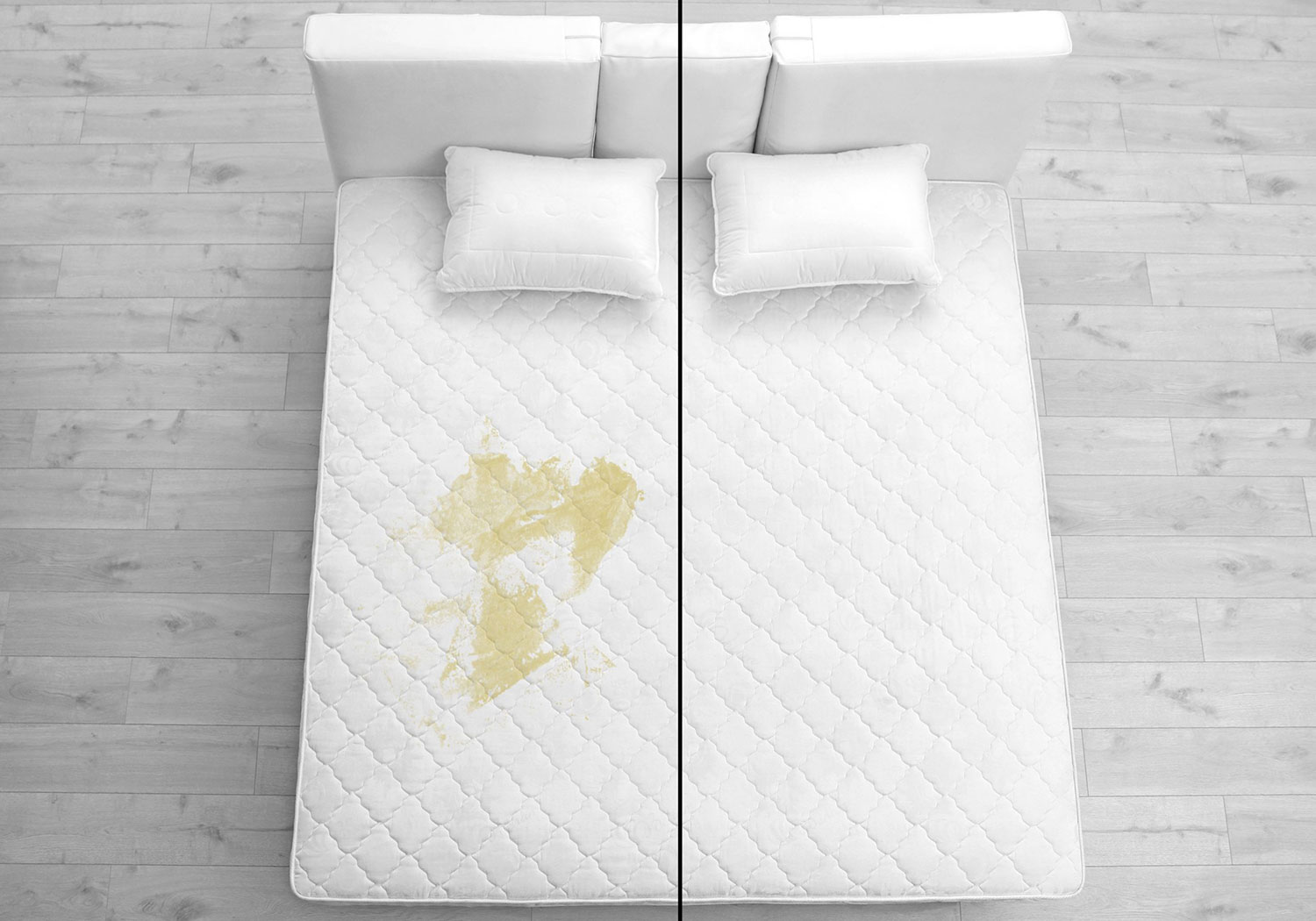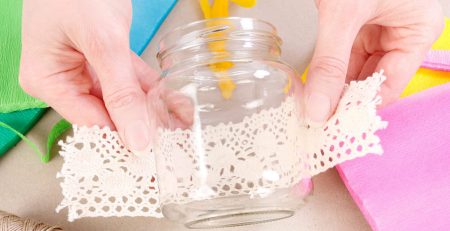How To Clean Your Mattress
Did you know that your mattress is one of the most important possessions in your home? You may be wondering how that is possible, right? Well, your mattress affects your sleep, which then affects nearly every aspect of your daily life. How can you extend your mattress’ longevity and keep the air quality good enough to ensure a good sleep cycle? A good starting place would be learning how to clean the mattress, and maintain it.
Before you may begin to use this technique, give yourself enough time to get the job done because of how long it takes to get this done the right way. We recommend that you start the process in the morning to let the baking soda do its job for 8 hours or more, and have things cleaned up when it’s time to go to sleep.
You can also choose any day that works best for you; the day before an overnight trip or on the weekend is a good option, as you can let the baking soda sit on your mattress overnight.
How to clean your mattress:
1. Washing the Bedding
First and foremost, completely strip the mattress of all the bed linen and wash the sheets, pillowcases, and blankets. Check all the labels on your pillows to see if they are machine washable, and follow the recommended care instructions to avoid potential shrinkage or fading. In order to get rid of dust mites, wash your bedding in hot water, but also keep in mind washing instructions from the manufacturer. Try washing your sheets weekly to help keep your mattress clean and fresh.
2. Damage Control
The best way to clean anything depends on how dirty it is, right? Assess what stains are present on your mattress (the technique for routine mattress cleaning differs from a spill or a stain). Take a good look at your mattress and inspect it for any unusual stains, discoloration, smells, and other signs that can guide you to identify any specific area that will need extra attention.
3. Gather Supplies
- Coldwater
- Baking soda
- Rags or towels for cleaning
- A gentle, bleach-free, and unscented laundry detergent
- Dish soap, or an enzyme cleaner
Keep in mind that it’s difficult to get rid of detergents from a mattress, so you may wish to choose products with a mild scent. Also, pay careful attention when using soaps and cleaning products on your mattress. Avoid using anything that is too harsh and could damage the delicate fabric of your mattress.
4. Vacuum Thoroughly
Clean the entire surface of the mattress using your vacuum’s upholstery attachment. The way to get going is to start at the (top) head of the mattress and slowly work your way across the surface and down all the way to the bottom. Keep your movements narrow so that you don’t miss any parts of the mattress. Make sure to also vacuum the sides of the bed to remove dust, and stretch the fabric to remove debris from seams.
5. Spot-Clean Where Needed
It is important to get this right. Start by checking for stains and areas of discoloration. Carefully spot-clean these areas using the following method:
- Apply a small amount of cleaning solution to a clean cloth
- Gently blot the stained area with the cloth
- Apply cold water to a different clean cloth
- Gently blot the stained area with the water-soaked cloth
- Repeat if necessary, until the stain is removed
Do not soak your mattress with water or cleaning solution, as this could potentially damage your mattress irreparably. Memory foam is not designed to even get wet however, when it comes to these sorts of stains, you need to spot them clean.
This is how it works:
- Create a mixture using liquid dishwashing solution, baking soda, and hydrogen peroxide, and place it in a spray bottle. Spray or dab the mixture directly onto the stained area with a damp cloth and blot the stain away.
- Alternatively, you could find a natural enzyme cleaner to clean up the stain by breaking down the chemical content. Citrus cleaners are a great option.
Do not over-soak the mattress, use as little cleaning solution as possible, and never apply the cleaning solution directly to the bed itself – instead, use a clean rag to apply and remove the solution.
Depending on the type of stains you are dealing with, the best solution for stain removal typically depends on the type of stain. The best option for blood, sweat, urine, and other biological stains is a commercial enzyme cleaner. You can also use a mix of dish soap and water, using just the foamy suds that form on top.
Other types of stains respond better to different cleaning solutions. A common option is to make a 1:1 solution of cold water and hydrogen peroxide.
Regardless of the solution used, the method should be the same. In some cases, you may need to try multiple solutions in order to remove the stain properly.
6. Apply Baking Soda
After you have removed any visible stains and allowed the mattress cover to dry completely, apply a thin layer of baking soda over the entire surface of the mattress. Baking soda helps to absorb moisture and neutralize odor.
Once applied, leave the baking soda on the mattress for at least a few hours. If possible, open your bedroom windows to increase airflow.
7. Vacuum Thoroughly
After letting the baking soda sit on the surface of the mattress for at least a few hours, vacuum it up using the upholstery attachment. Depending on how dirty the mattress was – if very dirty, you may wish to repeat steps 6 and 7, although this will not be necessary in most cases.
8. Flip and Repeat
Flip the mattress over, and repeat steps 4 through 7. The underside of your mattress likely will not have any visible stains, but it can still harbor a lot of dust, moisture, and more. If your mattress is not designed to be flippable, you can still clean the underside, but be cautious when flipping it over, and do not apply too much pressure to the mattress.







